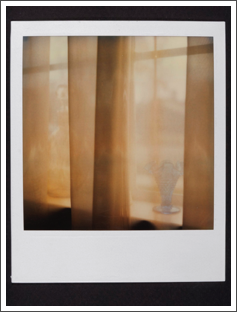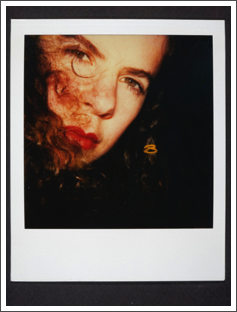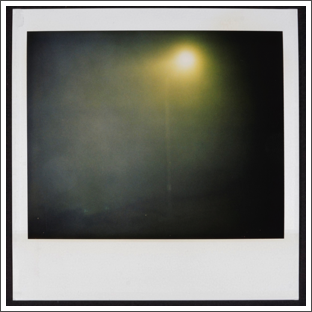The Polaroids 1976-ongoing
Collection of the California Museum of Photography, U.C. Riverside

The basic Polaroid peel apart film was a part of American picture making culture since the 1950‘s. In 1972, SX-70 film, a self contained package that kept the chemicals and image frame in the same basic envelope was introduced. The artist purchased a third generation all black SX-70 SLR in 1976. The practice of making SX-70’s and later Spectra film images was a private and personal response to people and the environment around him. They were a unique artifact that was not intended for general distribution. The artist articulated the love of Polaroid by curating an exhibition of the materials at the Inland Empire Gallery in 1977, “Images/Polaroid,” that showcased his love for the material and the possibilities the medium presented. Later, he was found photographing his Otis Art Institute Students in Los Angeles with an 8x10 studio camera using Polaroid materials. This is a sampling from the hundreds of examples left in the archive.



































